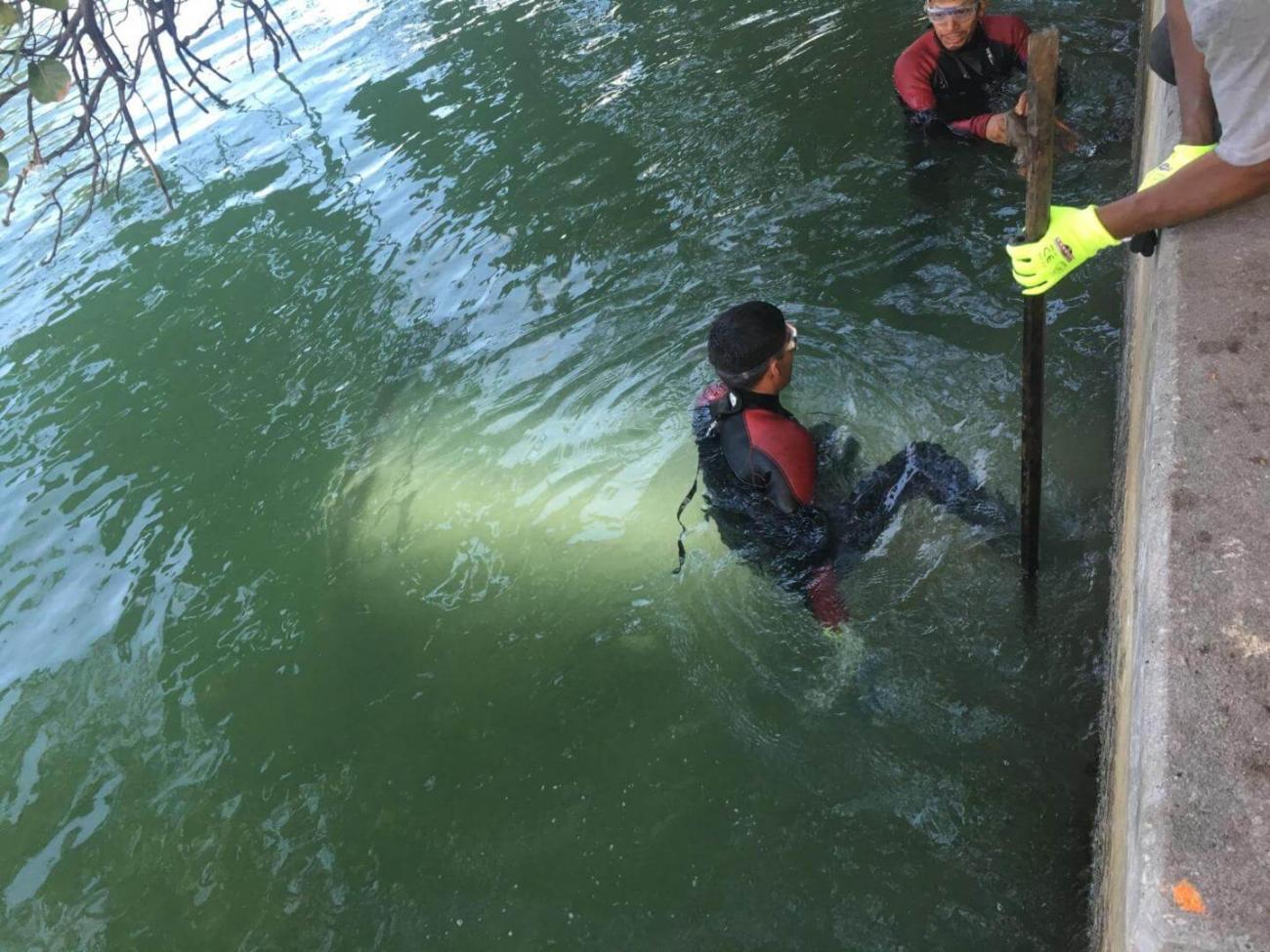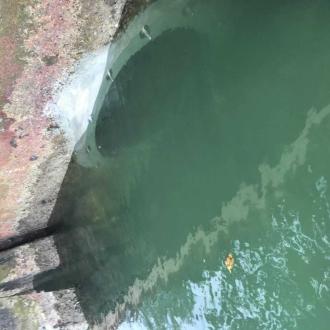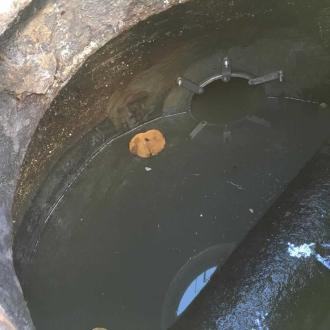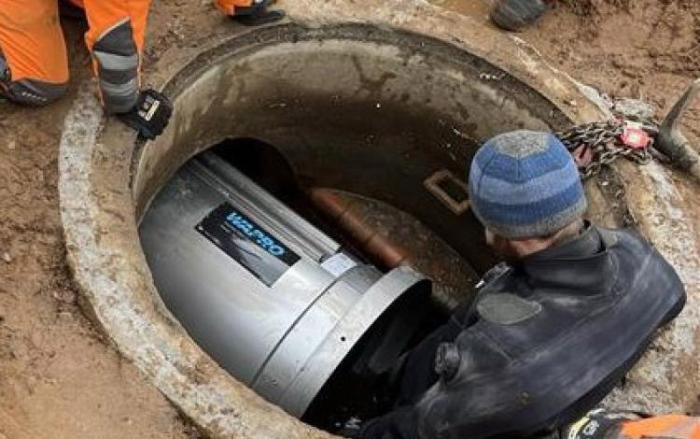Solution
WaStop® Inline Check valve
Miami Beach is investing more than $500 million in pumping stations, sea walls and valves in their efforts to deal with the problem. Around 60 pumping stations will be built over the next 5 years, in order to direct excess water away from the city. But they have to be built first. Until then, contractors like Southern Underground Industries are protecting the city by installing WaStop backflow-prevention check valves into the stormwater system. The goal of the city’s Hightide Project is to prevent seawater and groundwater from filling up the system while still allowing rainwater to flow through and out of it. According to Southern Underground Industries, it’s a matter of finding the right balance between protection from tidal events and stormwater run-off capacity.
The first big test came when the 2014 king tides challenged the city’s new stormwater improvements, but the streets of South Beach remained dry. There was some brief flooding after a storm that left a few puddles around the drains, but which quickly drained off into the bay. It was still a far cry from the flooding scenes the city had experienced over the years, with people wading across streets and cars being submerged with saltwater. In 2014, Miami Beach Mayor Philip Levine said that that year’s king tide was just the start. “There’s no-one up here in our city who’s going to declare victory,” he said. “We are encouraged by the results we’ve experienced this week.”
Between 2014-2015, around 100 WaStop check valves were installed in Miami Beach’s stormwater system. Most of them have been fitted inside the original clay pipes, which varied considerably in size. Nevertheless, the WaStop’s unique stainless steel design and mounting brackets mean it can be installed quickly and easily inside any existing pipe. Not only that, but the WaStop’s memory membrane means it works perfectly regardless of installation angle, i.e. both horizontal and vertical orientations. The membrane also has a pulsating flow action, which increases flow speed and keeps the pipe clean by flushing out sediment and debris. Which virtually eliminates blockages and costly maintenance. The WaStops are helping to resolve the city’s vertical wells problem as well, by ensuring rainwater flows freely while preventing groundwater from pushing up into the street.
The WaStop combines unprecedented reliability with virtually no maintenance, giving the residents of Miami Beach peace of mind and dry feet.
Thanks to Wapro Inc, CS3 and Southern Underground Industries for supplying this information. www.southernui.com





